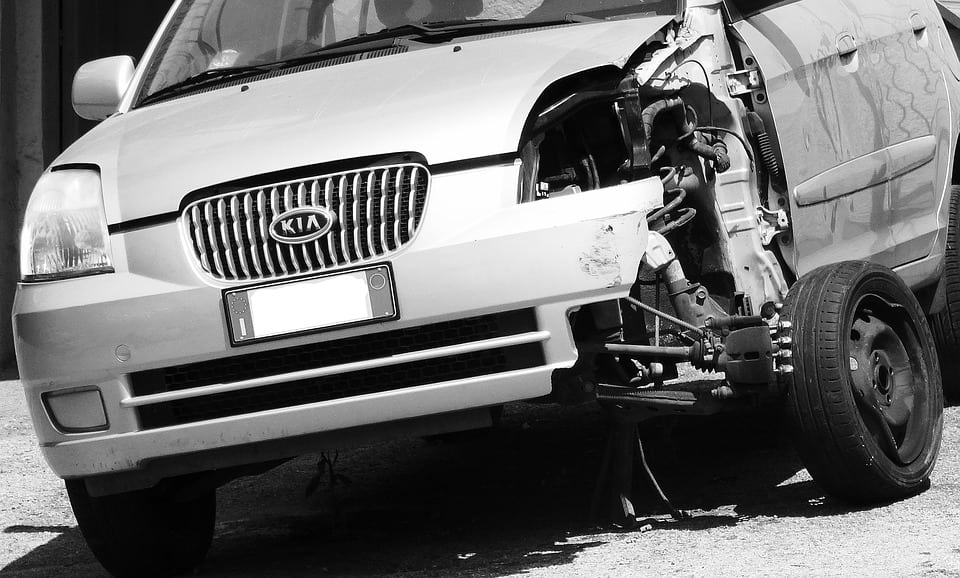Many people are put off buying a used car because they are concerned with the numerous pitfalls that come with the territory. It seems like everybody who has purchased a second-hand car before has at least had some sort of experience dealing with a dodgy car salesman or encountering a scammer.
In the USA, the average price of a second-hand car is around $21,000, which means that for most of us, buying a car is one of the most significant purchases we will ever make. This is why it’s absolutely crucial that you get it right and you don’t end up closing the deal on a car that will fall apart within a few weeks of buying it.
On that note, here are five of the most common scams you will confront when buying a used car. Keep them in mind during your search so you can go into each deal with your eyes wide open and minimize the risk of falling for the scammer’s tricks.
1 – Rolling back the clock
Meddling with the odometer and altering the mileage displayed on the vehicle is one of the oldest and most well-known scams there is. The reason many sellers do this is so they can fool you into paying over the odds for a car that has suffered a lot more wear and tear than the owner is making out.
The scary thing is, these days, it’s never been easier to modify the odometer, thanks to the popularisation of electronic mileage devices in modern cars. For scammers, it’s as simple as plugging in their laptop and downloading the appropriate software to change the numbers on the dashboard.
Buyers of second-hand cars should always double-check the registered mileage by comparing what the seller reports against the official databases. You can access these databases by running the vehicle VIN through a free checker at VehicleHistory.com.
Not only will you be able to see the registered mileage inside the report, but you will also have access to a bunch of other useful information, such as:
- Past collisions
- Returns and recalls
- Number of previous owners
- Exact car specifications
2 – Hire car scam
This scam involves people selling hired cars that they rent under a fake name. In most cases, once you hand over your cash, the seller will scramble and won’t be seen anywhere again. Technically, this leaves you with a stolen car that you will have to return to the hiring company. Most of the time, the victim is left out of pocket and without any real method of getting their money back. After all, it is ultimately your responsibility to ensure the car you purchase is legitimate.
3 – Deposit fraud
Deposit fraud is another common scam where the seller of the vehicle takes off with your money, never to be seen again. In these instances, the owner typically puts an unusual amount of pressure on the buyer, suggesting they leave a large deposit in order to secure the car as there are other people interested.
The best way to prevent this is to proceed with caution when someone is a bit too pushy asking for a deposit. In an ideal world, you should never have to leave a deposit as if you like the car; you can purchase it right away. However, if that isn’t possible, try to place a small deposit to show you are serious. Always get a receipt and try to limit your exposure to potential losses.
4 – Stolen cars
Unfortunately, stolen cars can be sold to buyers in several different ways, and all of them spell bad news for the unsuspecting drivers that purchase one. The problem is, if the vehicle you purchased is determined to be stolen property, it can, and most likely will be seized from you by the police, which means you will be left empty-handed.
At the time of writing, the most stolen car in America is the Honda Civic, with 38,426 thefts in 2020 (this means a shocking five in every 1,000 of them are stolen!). So, if that’s the model you’re looking to purchase, you might want to double-check it’s legitimate by conducting a search on the vehicle VIN.
5 – Hiding damage
Finally, many sellers go out of their way to hide visible damage on their car so they can fetch a higher price in the sale. The severity of this varies, but most of the time, this involves things like painting over rust, hiding watermarks and dampness, and spraying over new bodywork to hide damage from a collision.
However, the occasional seller goes one step further than hiding cosmetic damage by actively attempting to deceive people into purchasing cars that are unfit for the road. Sometimes, shady sellers cover-up that a car has suffered serious structural damage or even that the vehicle has been salvaged. This is just downright dangerous, and it puts people’s safety at risk.
Once again, a VIN report should reveal if the car has been salvaged or if there were any collisions in the car’s history. However, the best way to make sure you’re not being fooled is to conduct a thorough car inspection before buying any vehicle. If you’re not too keen on car mechanics, take someone with you who is!
Final word
The used car industry has received a bad reputation due to dodgy dealers trying to make a quick buck from unsuspecting buyers. However, if you keep the five scams in this article in mind, you will be far less likely to fall victim to them. As a basic rule of thumb, if it seems too good to be true, it probably is, so always proceed with caution when dealing with unknown sellers.








